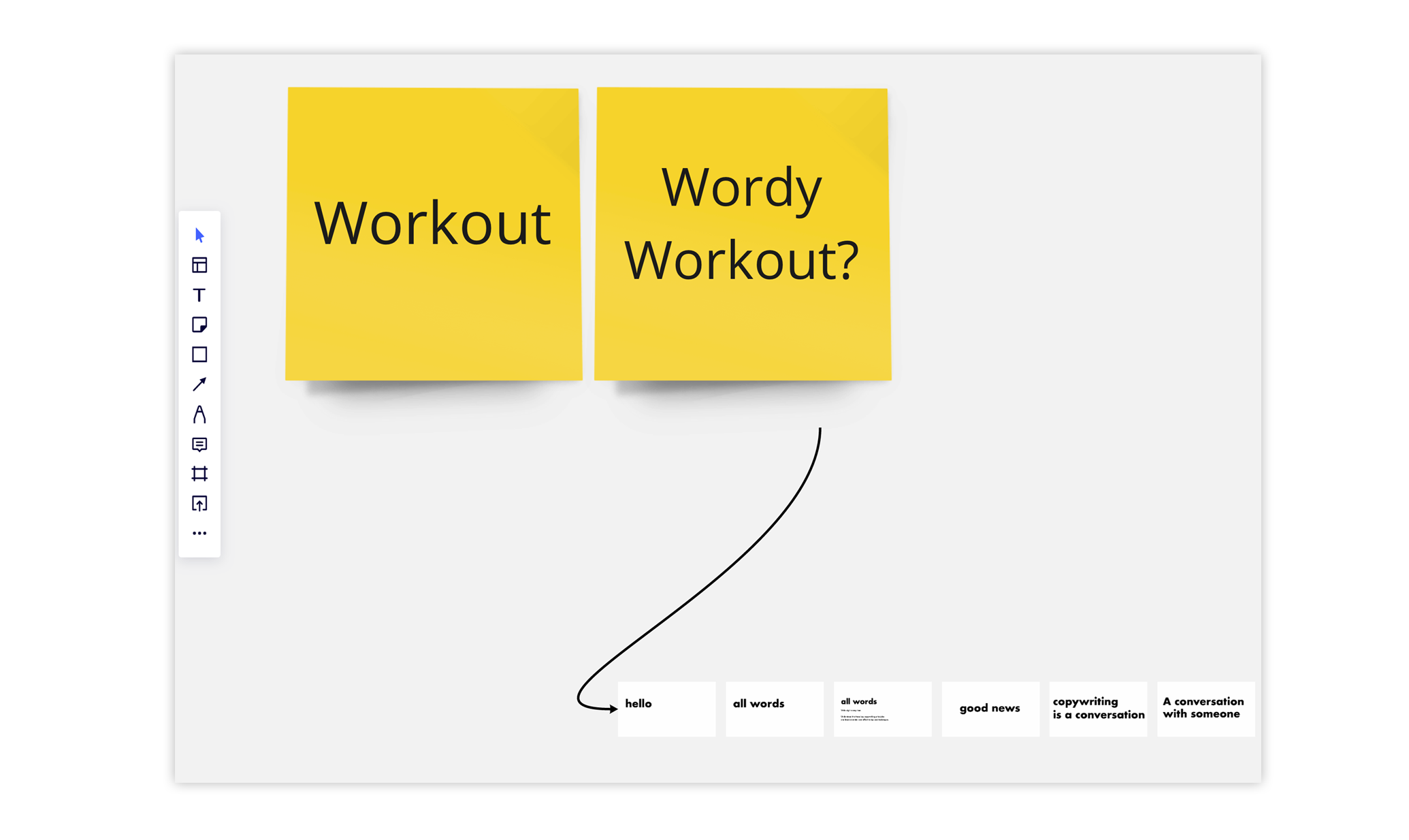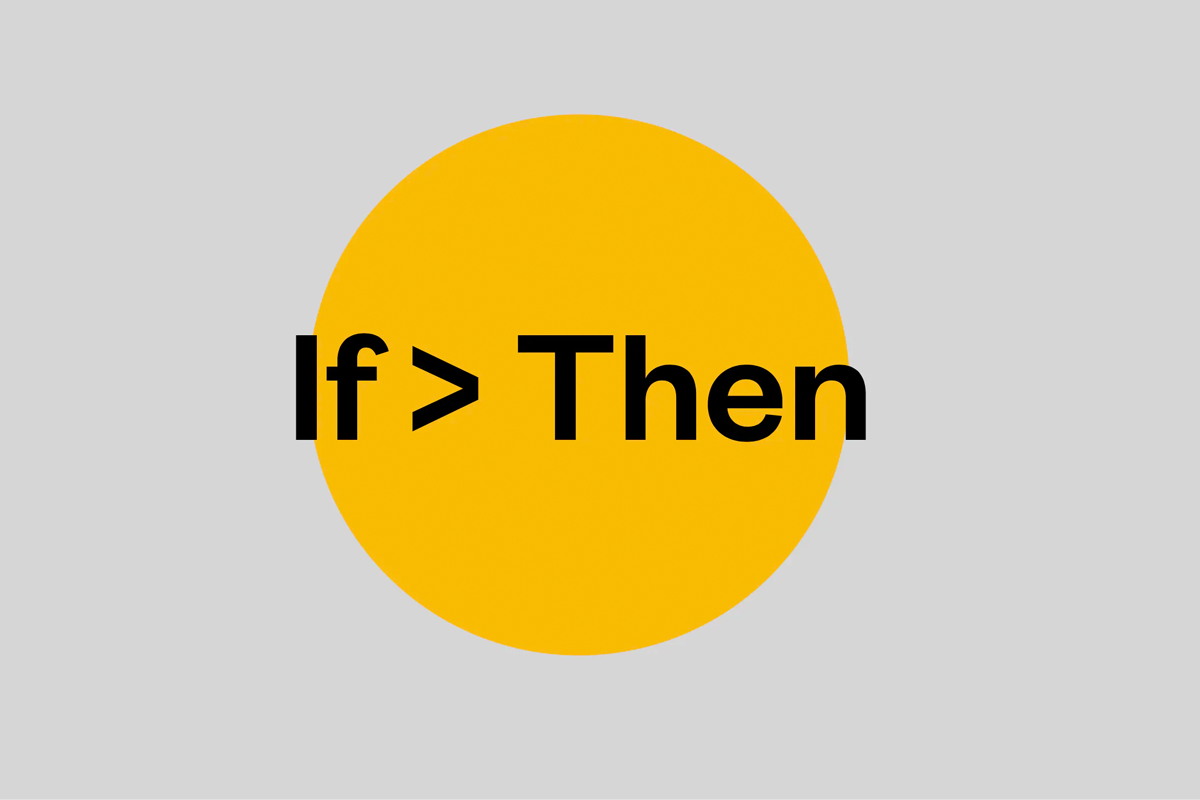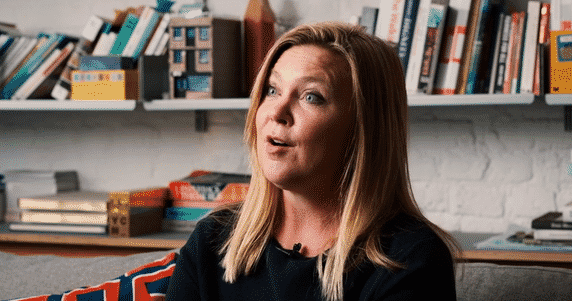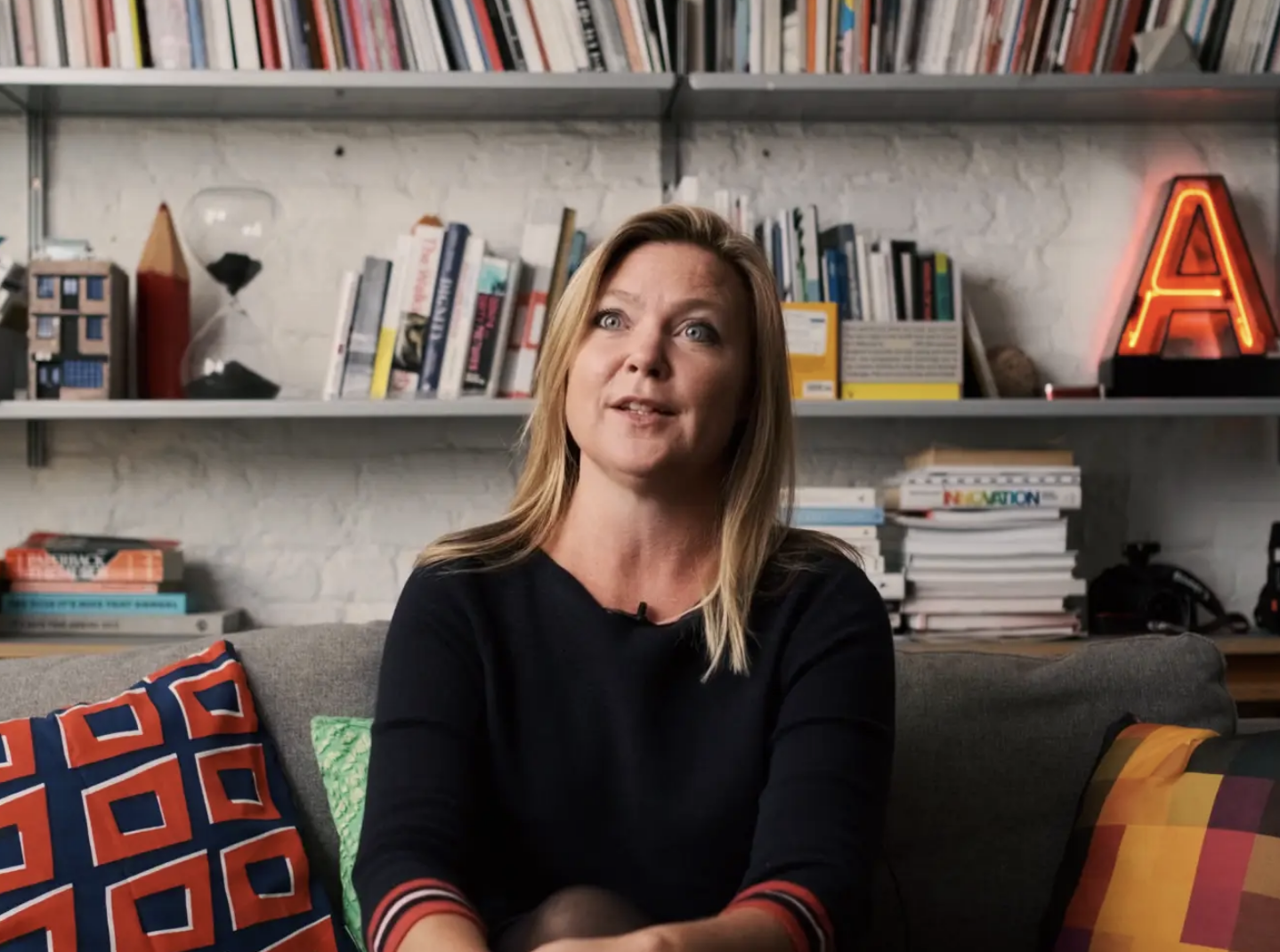Course Pack: Writing Well

If you took part in our live Writing Well workshop, and would like to revisit the content on a Miro board you can do that here.
Recommended Reading + Watching + Listening + Doing
Read: Dave Dye - Writing to Consumers or Colleagues (B2B vs. B2C)
Creative director and wordsmith Dave Dye gives his thoughts on writing authentic business to business sales copy that moves hearts, tells a story, raises a laugh and (most importantly) sells.
--
Read: Vikki Ross on Linkedin
Copywriter and course coach Vikki Ross is an active essayist on social media, each one brimming with crucial advice on mastering the craft. We've introduced four below, but be sure to take a look at her LinkedIn and absorb the full extent of her knowledge.
Process: The Rules Are There Are No Rules explores the writing process, and invites you to create your own.
Write Right discusses simple rules ("Get real, get personal, get active") for creating powerful copy.
A Bit About Branding, among others things, emphasises the need for identifying a 'brand character,' and writing to them as if they were a real person.
And A Guide to Guidelines walks you through how to create your own Tone of Voice (or TOV) guidelines for others.
--
Read: Mark Pollard's Linkedin
Mark Pollard, author of Strategy is your Words, is also an active writer on LinkedIn. While his work focuses mainly on writing, and communicating, strategy, there is indispensable advice on boiling down complex ideas to simple, easily-understood, copy.
--
Read: How to Make Your Writing More Sensitive (and Why It Matters)
Whether it's marketing copy or an email to a colleague, no-one wants to make their audience feel excluded, misrepresented or belittled through their writing. Luckily, freelance writer Melissa Haun created this thoughtful and insightful writing guide to proper grammar and terminology around gender, race, disability and so much more. Check it out today.
--
For the Book Lovers among us... (and all available for you to browse and borrow in the YCN Lending Library, just drop Owen a line to make an appointment.)
A Technique for Producing Ideas by James Webb Young:
A modern classic; Young's five-step programme (some as simple as allowing your subconscious to do the heavy lifting) breaks internal barriers and unleashes creativity.
The Elements of Eloquence by Mark Forsyth:
What is it that makes Nike's 'Just Do It,' as memorable as Shakespeare's 'to be or not to be?' "Eloquence," argues Forsyth who, in this punchy book, shows how to turn simple words into written gold.
Write to the Point by Sam Leith:
If you've ever googled the difference between a colon and a semi-colon (and still found yourself confused) this is one for you. Sam Leith's 'less flourish and more fundamental,' guide covers the nuts and bolts of clear, persuasive written communication, from emails to Valentines cards.
Can't Sell, Won't Sell and How to Write Better Copy by Steve Harrison:
Work in advertising or marketing? We recommend these as a pair. Advertising executive, copywriter and multi-award winning creative director Steve Harrison throws fuel on (in his view) a dwindling capitalistic flame in 'Can't Sell, Won't Sell,' and takes a step-by-step approach to perfecting business writing in 'How to Write Better Copy.' Take a look too, if you haven't already, at his great guide to Writing Creative Briefs.
We've a growing collection of bitesize video, with generous experts like Steve, Vikki and others too sharing their insights and recommending practical experiments. Discover them, and more, here.
Further reading: Top 15 Opening Lines — Reinforcing Vikki Ross' point about hooking an audience, we share this list of the fifteen most evocative literary opening lines to inspire your own. While Irvine Welch's or Camus' might not be appropriate for a meeting reminder or a 'reply all,' each is a brilliant reminder of the power of creating intrigue and fostering curiosity.
and enjoy..
The Elements of Style by William Strunk Jr.
Copywriting, creative writing, technical writing, journalism - whatever, whenever and however you write, this forty-odd page writing bible is a must. Not just a fool-proof guide to clauses, conjunctions and grammar, Strunk Jr. shapes clear rules for setting tone, self-editing, and manipulating the music of language to play to your strengths. A reliable tool-kit, handy whenever you hear your words going 'clunk.'
Six Rules for Writing by George OrwellAs relevant to his essays and fiction as it is to your emails, reports and newsletters, George Orwell's 'Six Rules,' is a beautifully simple guide to effective, evocative writing from one of literatures great geniuses.
Everybody Writes by Ann Handley
Business speaker and author Ann Handley cleverly debunks the myth of the writer as the 'artisté' in this how-to guide on creating brilliant content and copy for reports, newsletters, blogs and social media (even going as granular as writing for specific platforms).
And some listening... An enjoyable chat between Dave Dye and Steve Harrison; shared here on Dave's excellent 'Stuff from the Loft' blog.
"Use clichés only once in a blue moon."
GOOD TO KNOW
We're shortly to begin piloting a new 5 day self-directed writing course. A series of practical, social and enjoyable exercises for better writing to experiment with throughout the week.











